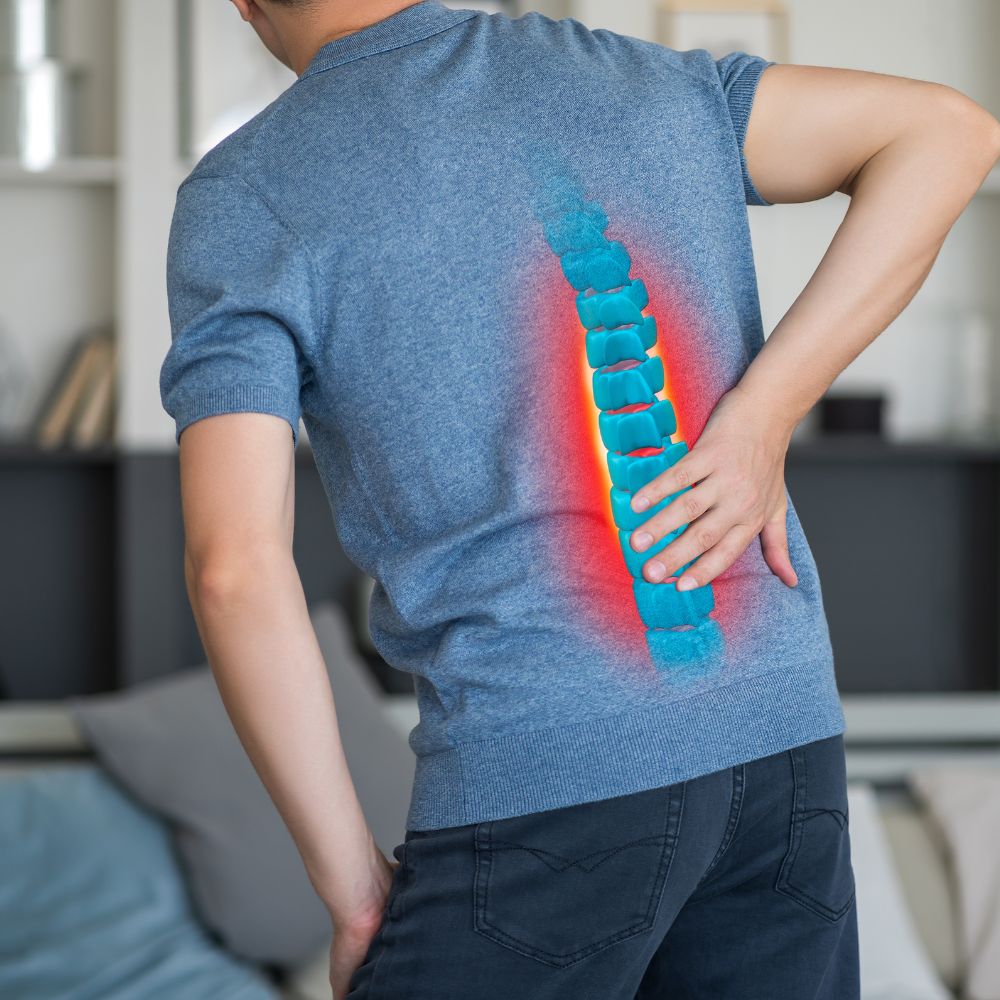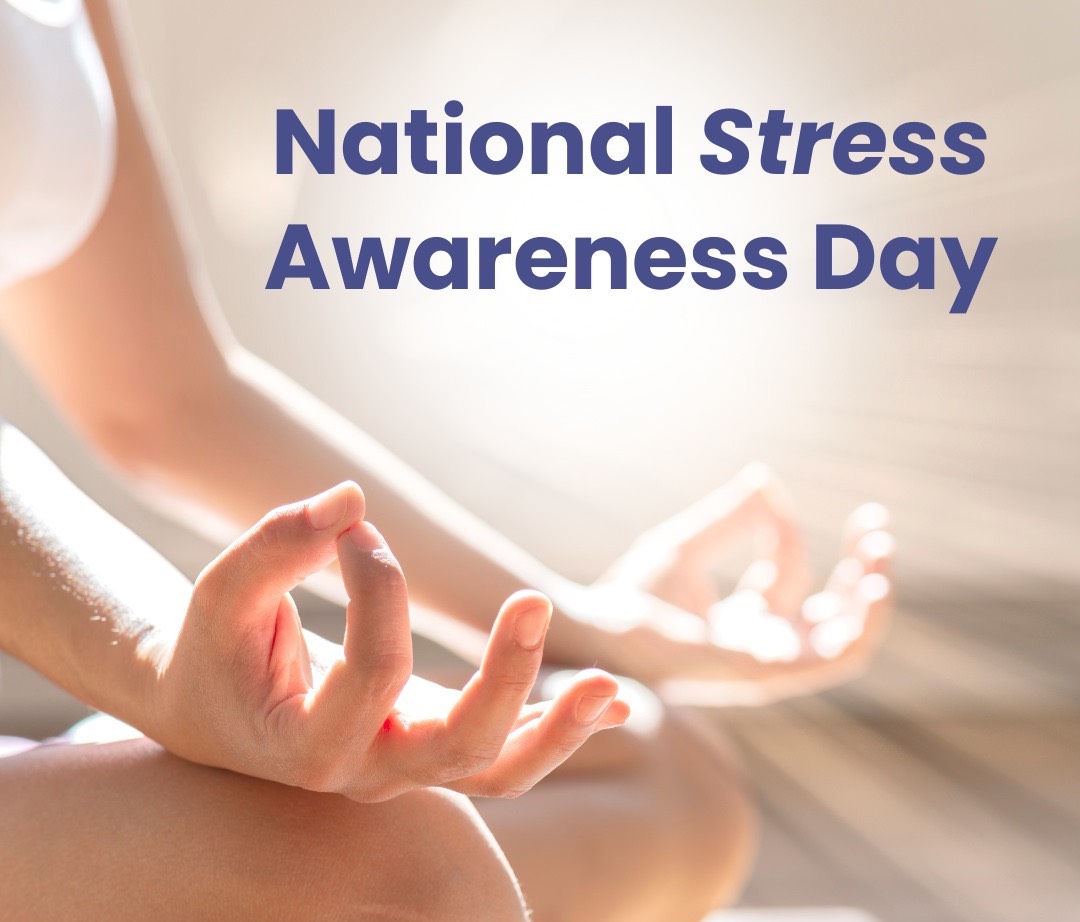Lumbar spinal stenosis, a narrowing of the spinal canal in the lower back, can cause a spectrum of pain and discomfort, often leaving individuals perplexed and seeking answers. Understanding the specific types of pain it generates can be crucial for proper diagnosis and management.
The most characteristic pain associated with lumbar stenosis is neurogenic claudication. This refers to a cramping or aching sensation in the buttocks, thighs, and calves that worsens with activity and improves with rest. It’s often described as a “tightness” or “heaviness” in the legs and can feel like walking with weights strapped on. The pain typically starts after walking a certain distance and diminishes with sitting or leaning forward, which relieves pressure on the compressed nerves.
Other pain presentations that can occur:
- Lower back pain:, which can be a dull ache or a sharp, radiating pain that worsens with bending or twisting.
- Numbness and tingling can accompany the pain, often affecting the buttocks, legs, and feet.
- In severe cases, muscle weakness can develop in the legs, leading to difficulty climbing stairs or walking long distances.
The pain in lumbar stenosis arises from compression of the spinal nerves by the narrowed canal. This compression can irritate the nerves, leading to the various pain sensations described above. The specific location and pattern of pain can vary depending on which nerves are affected.
If you suspect you may have lumbar stenosis, don’t hesitate to seek professional help. Early diagnosis and treatment can make a significant difference in managing your pain and maintaining your quality of life.
Dr. Darakchiev is a board-certified, fellowship-trained neurosurgeon skilled in diagnosing and treating a variety of brain, spine and peripheral nerve disorders. To schedule an appointment, please call 631-690-9080.




